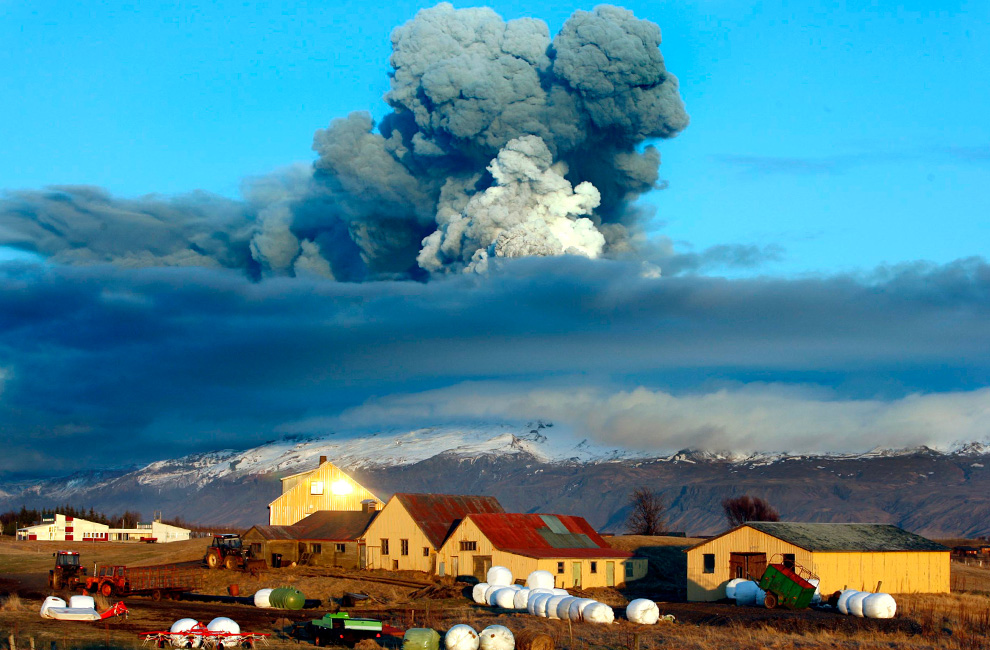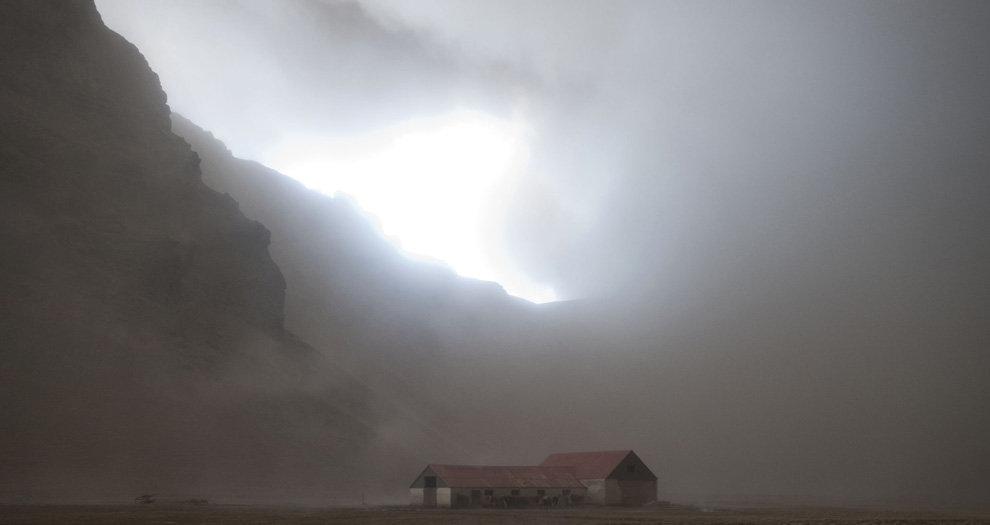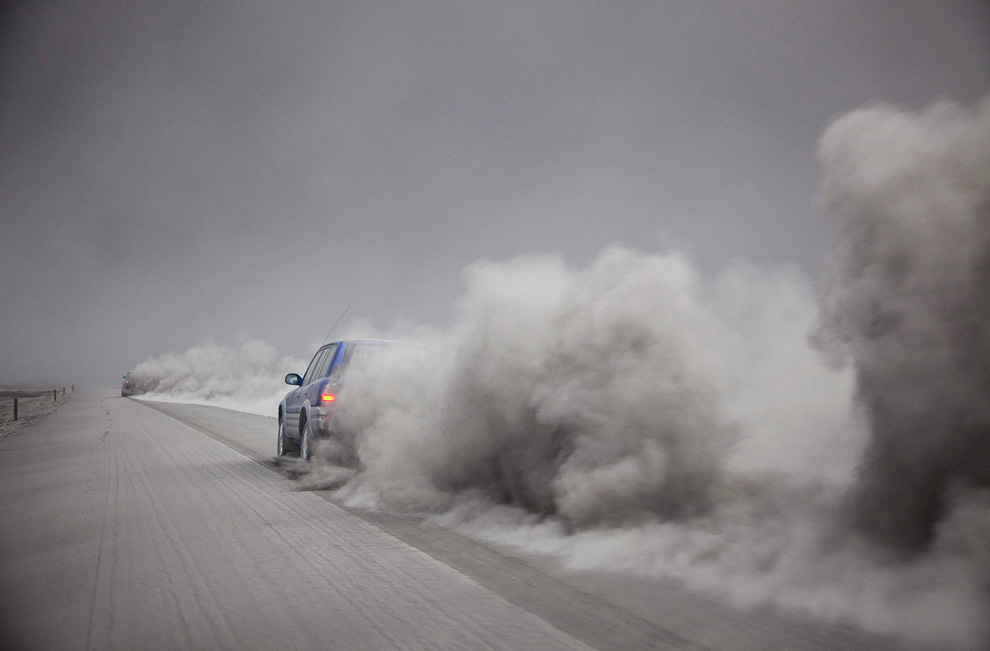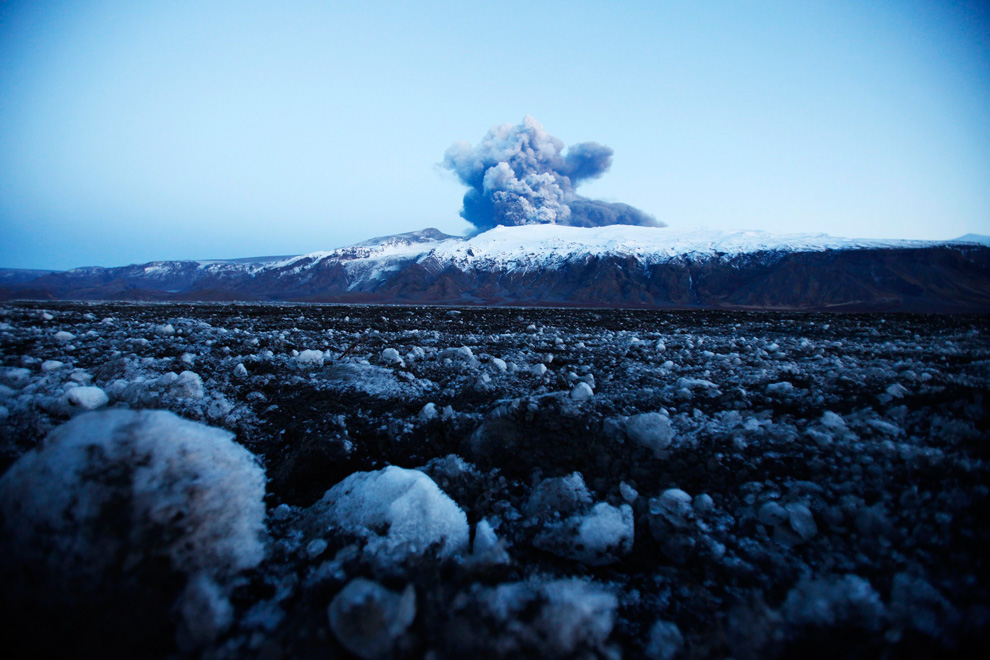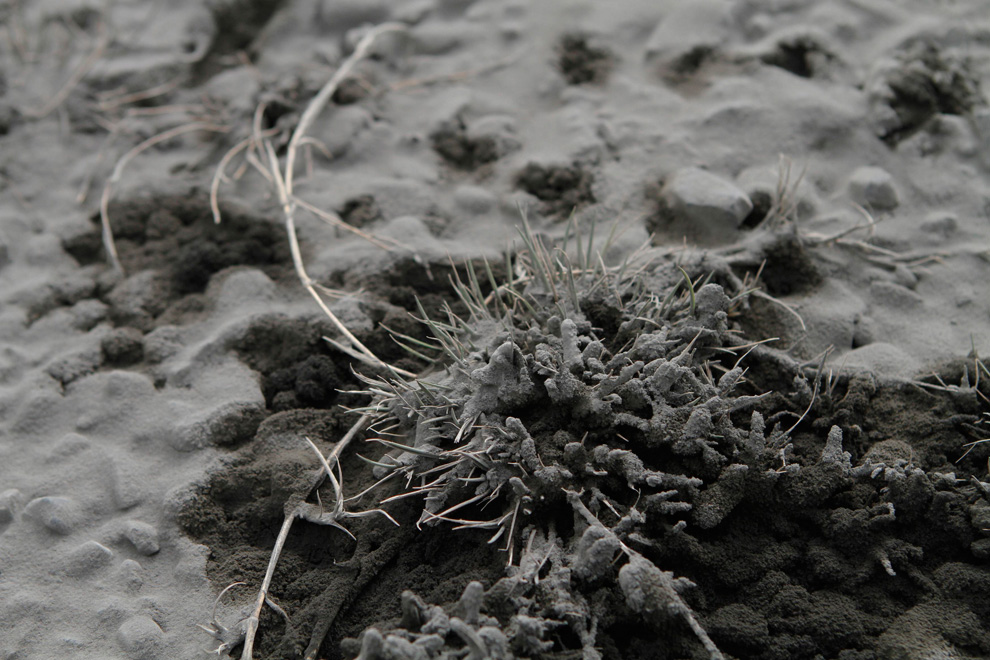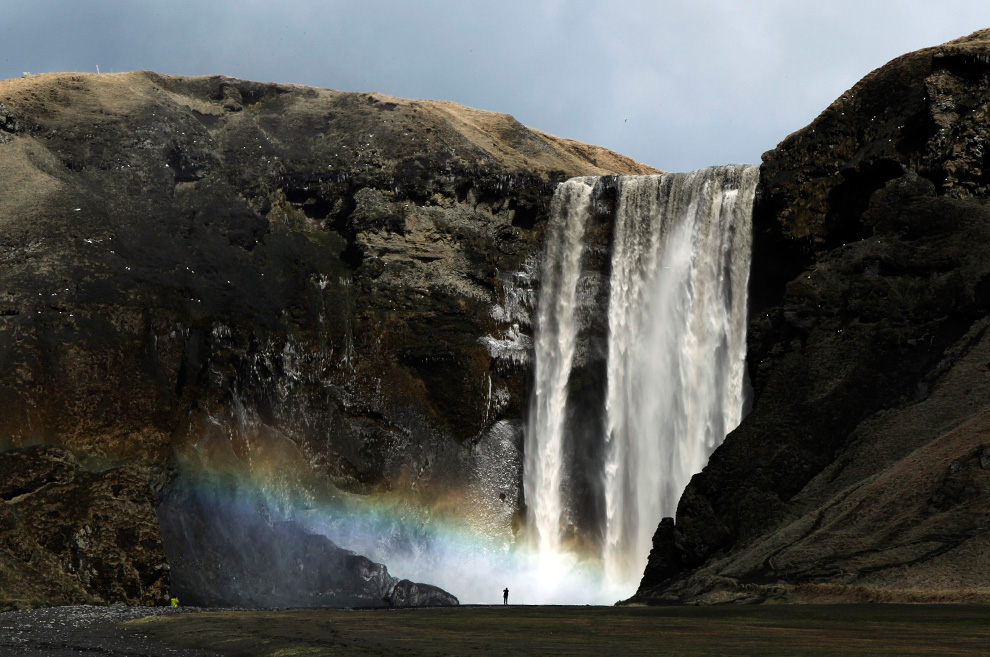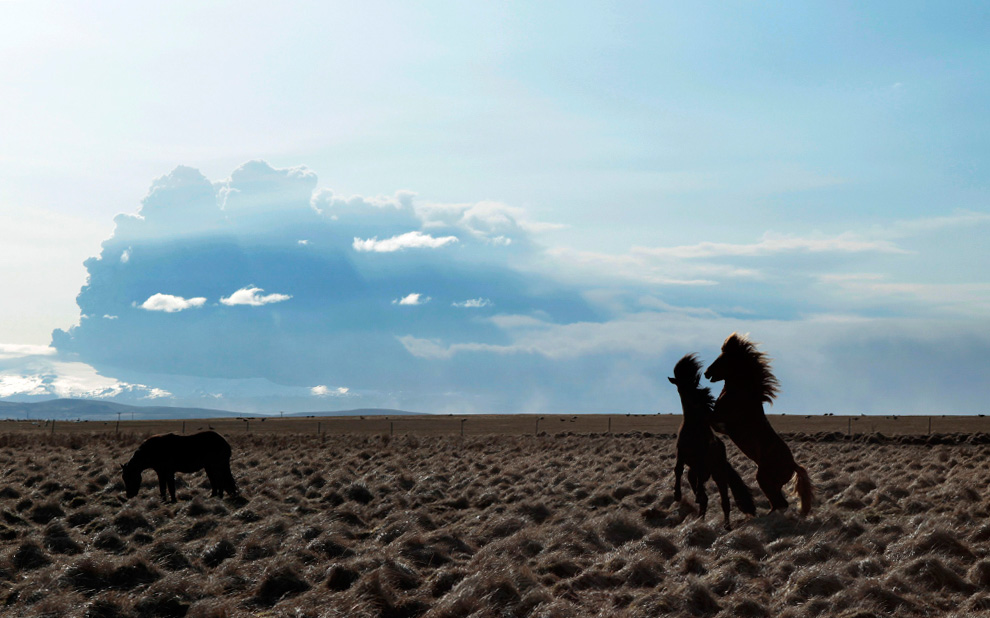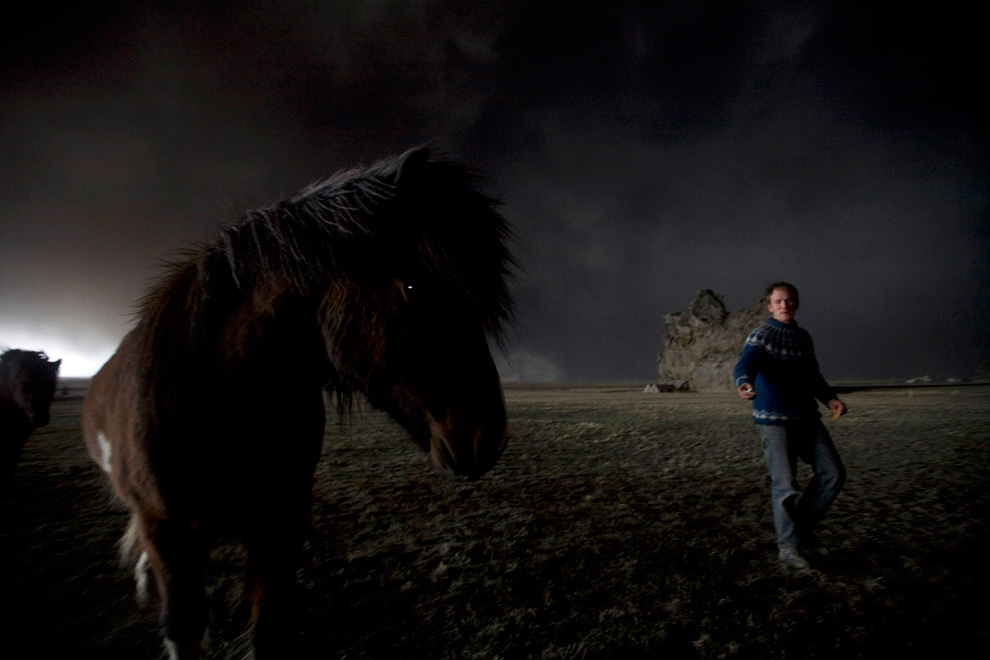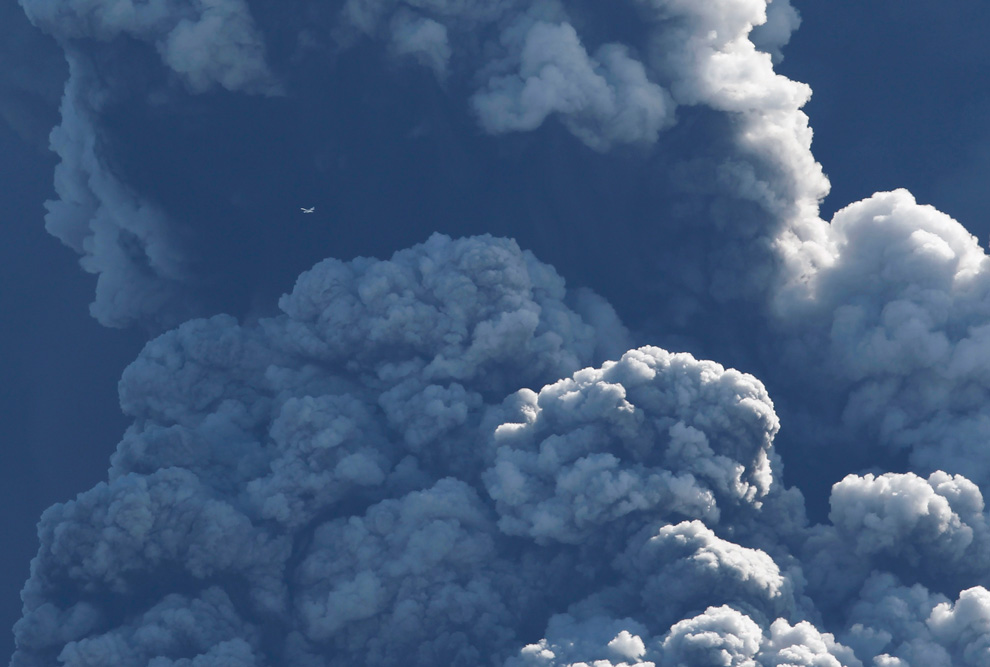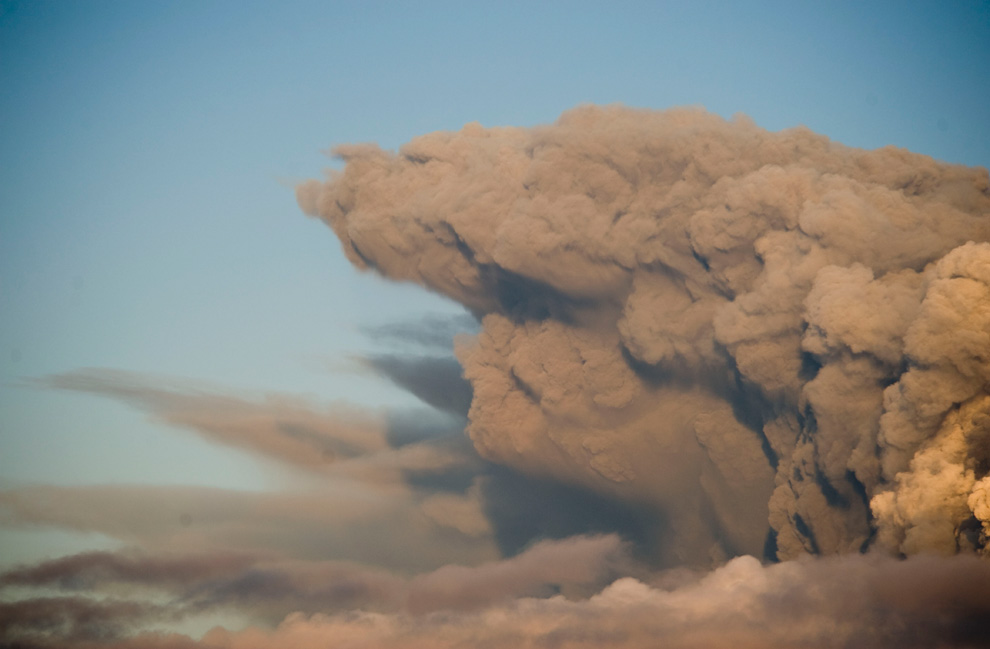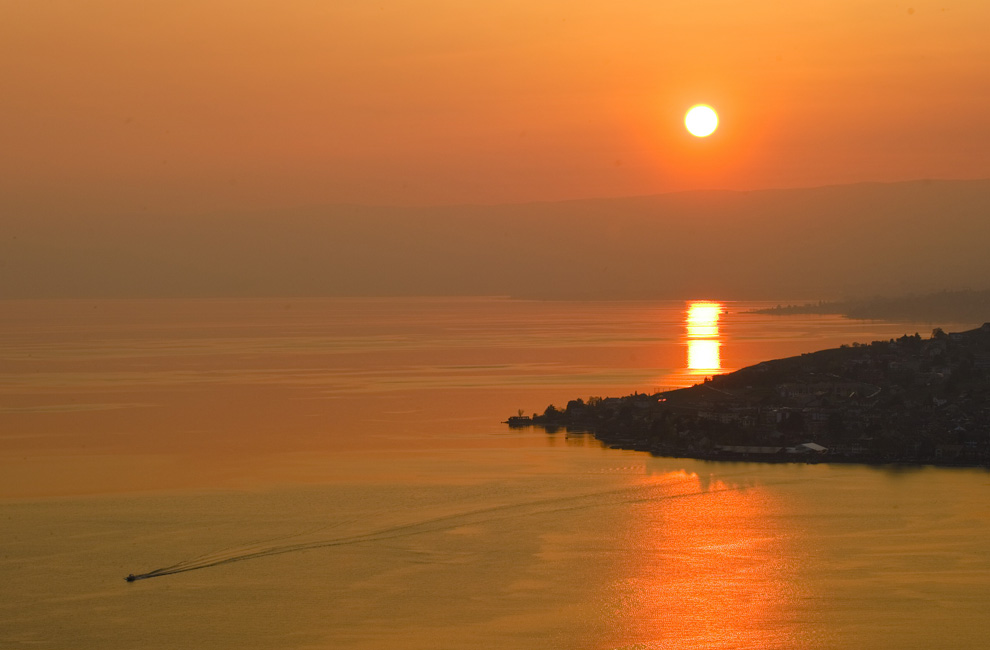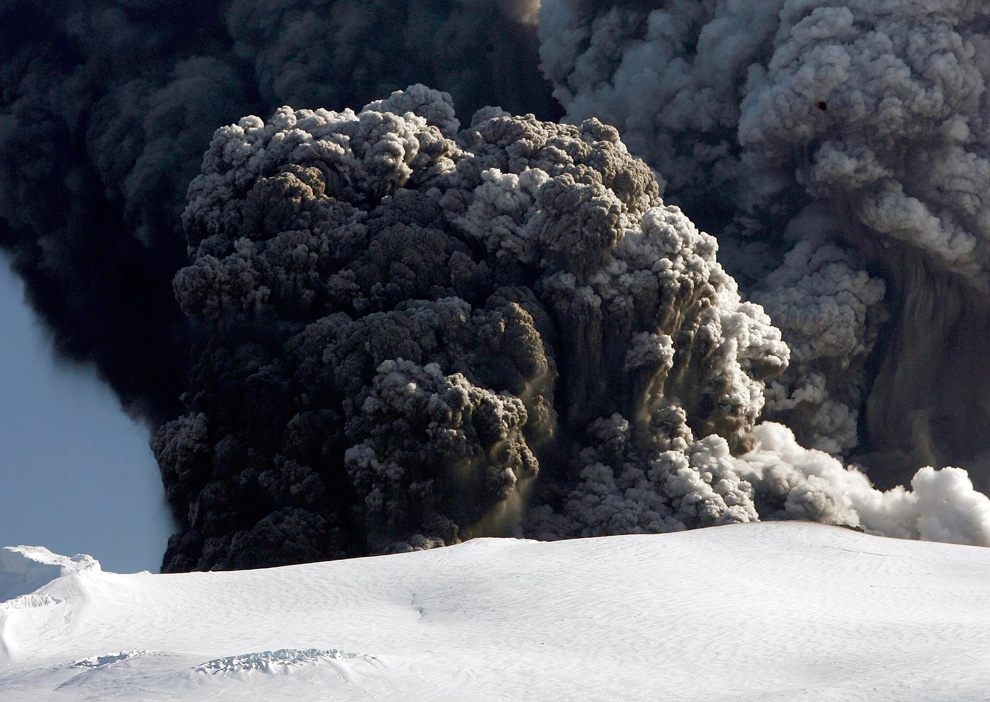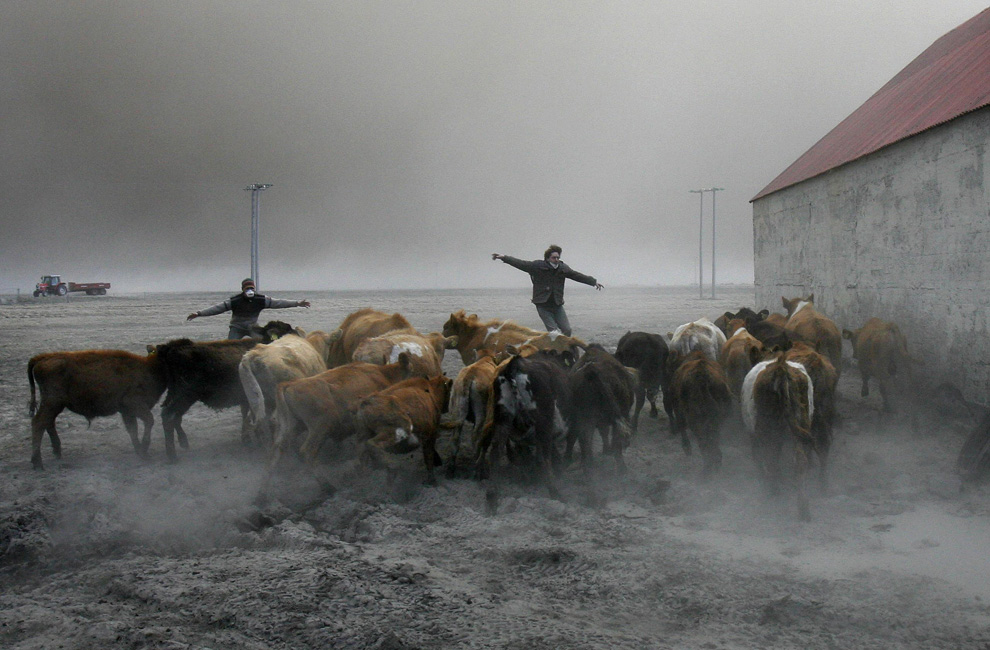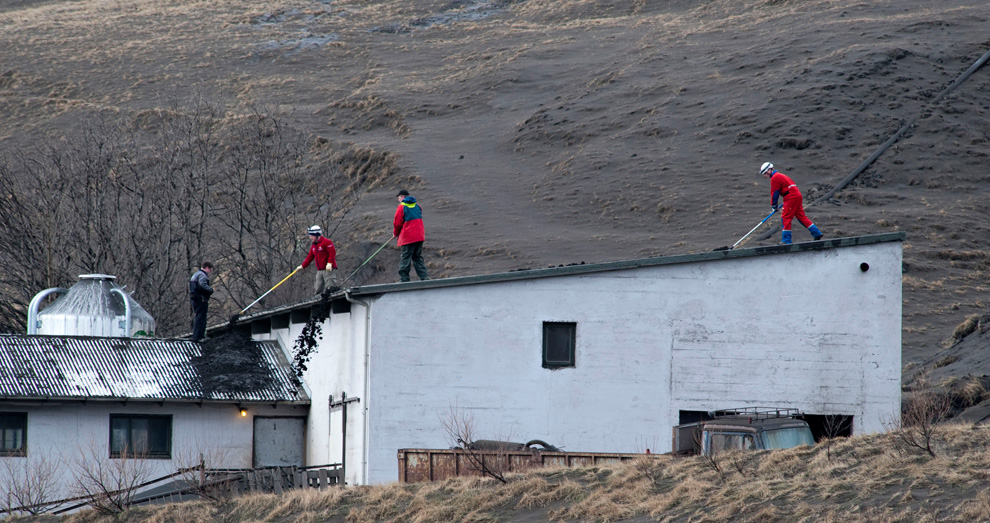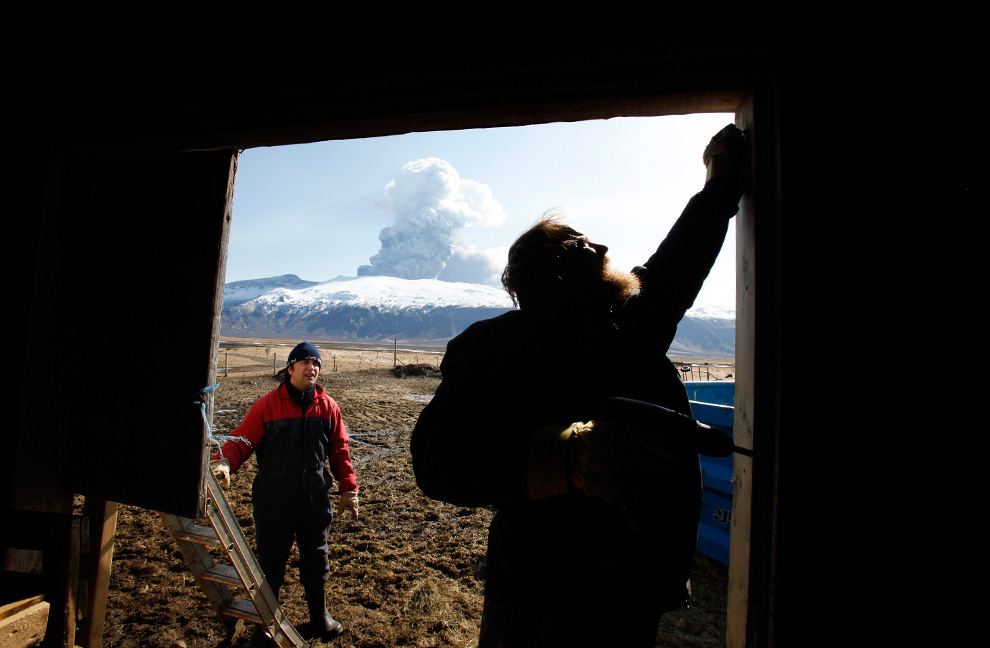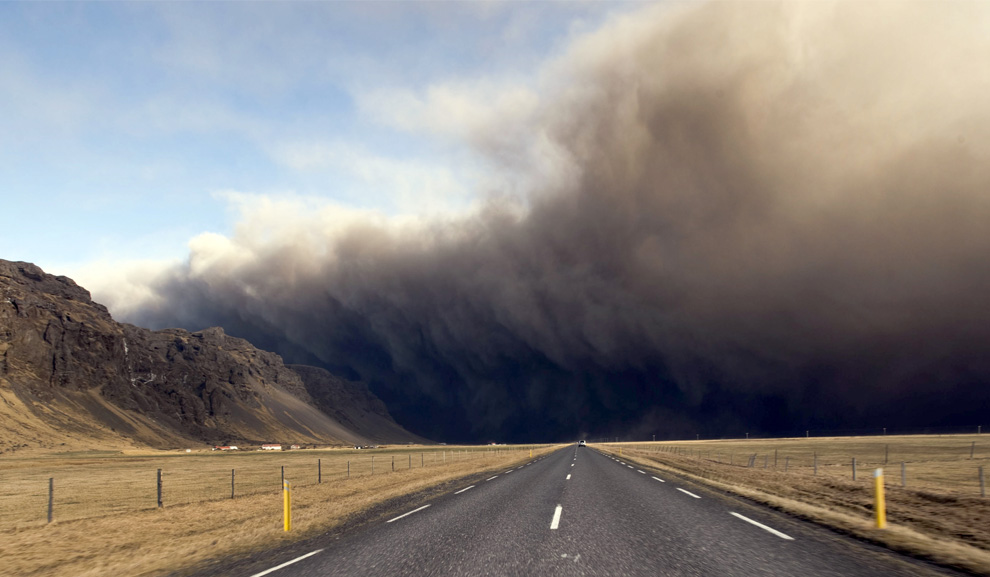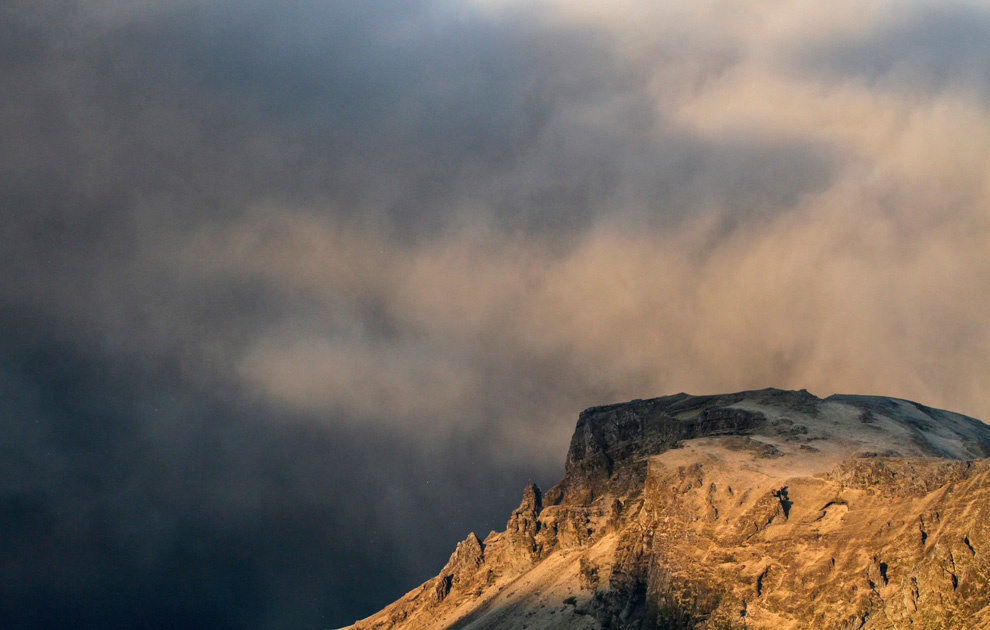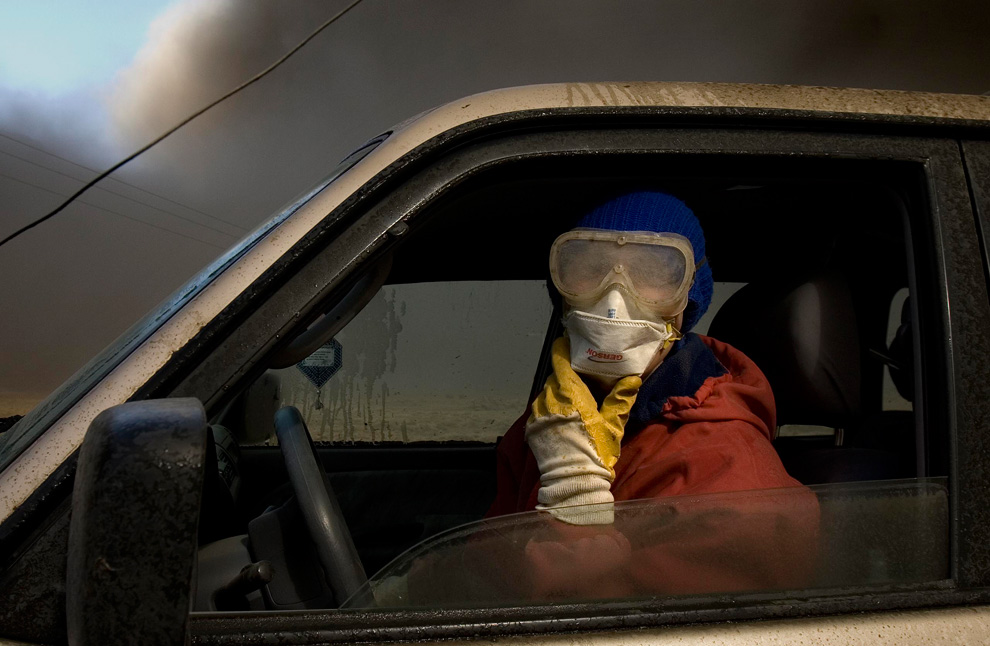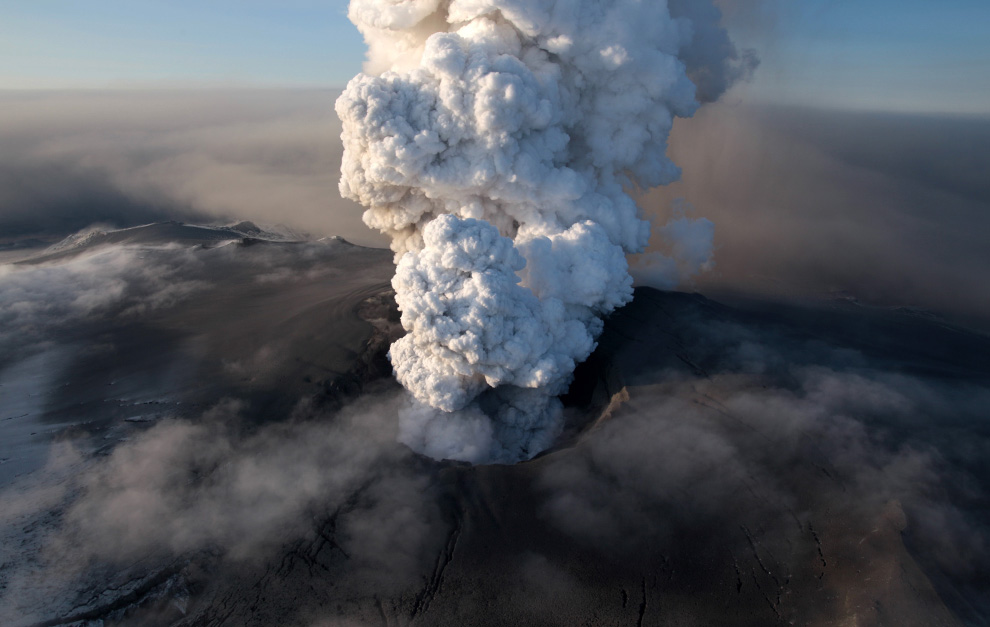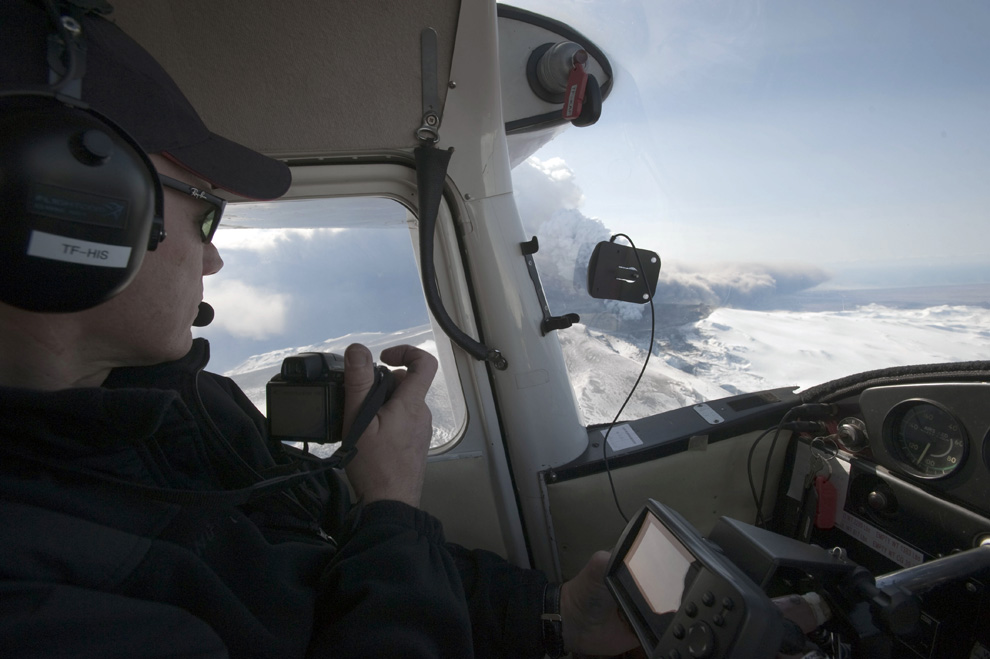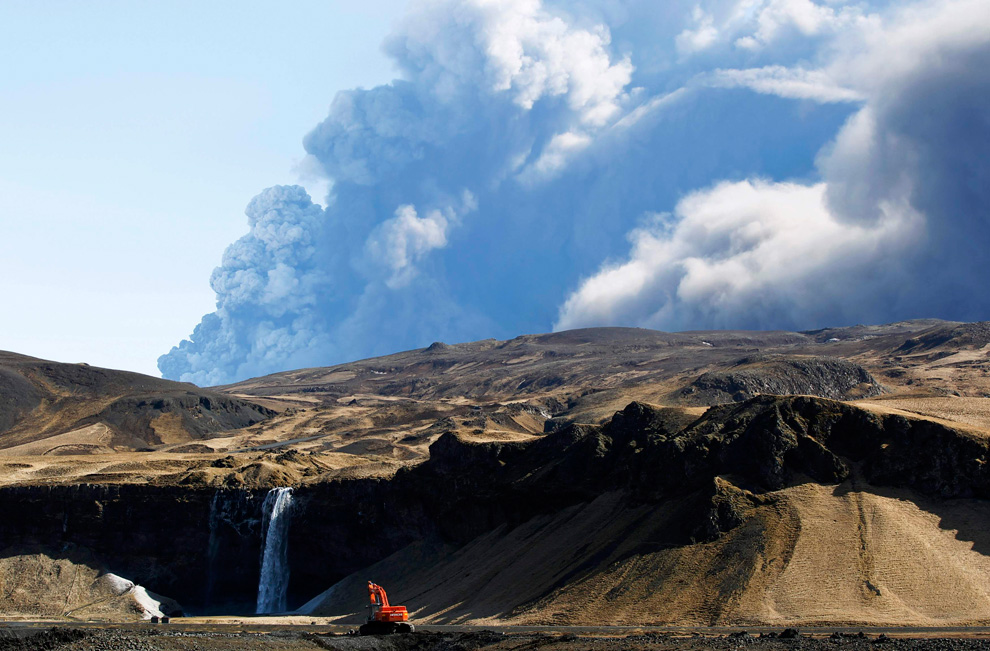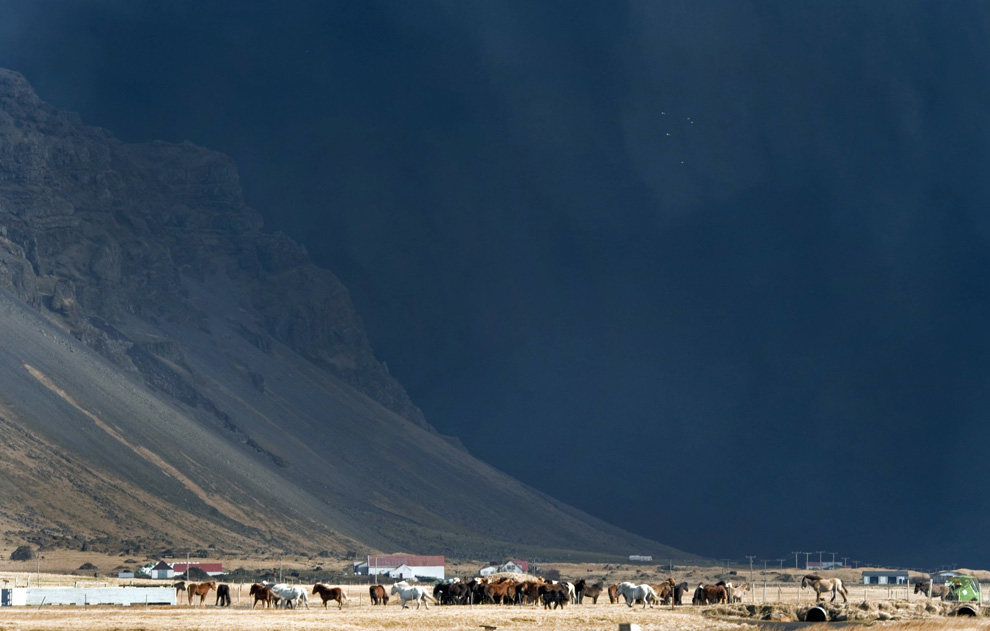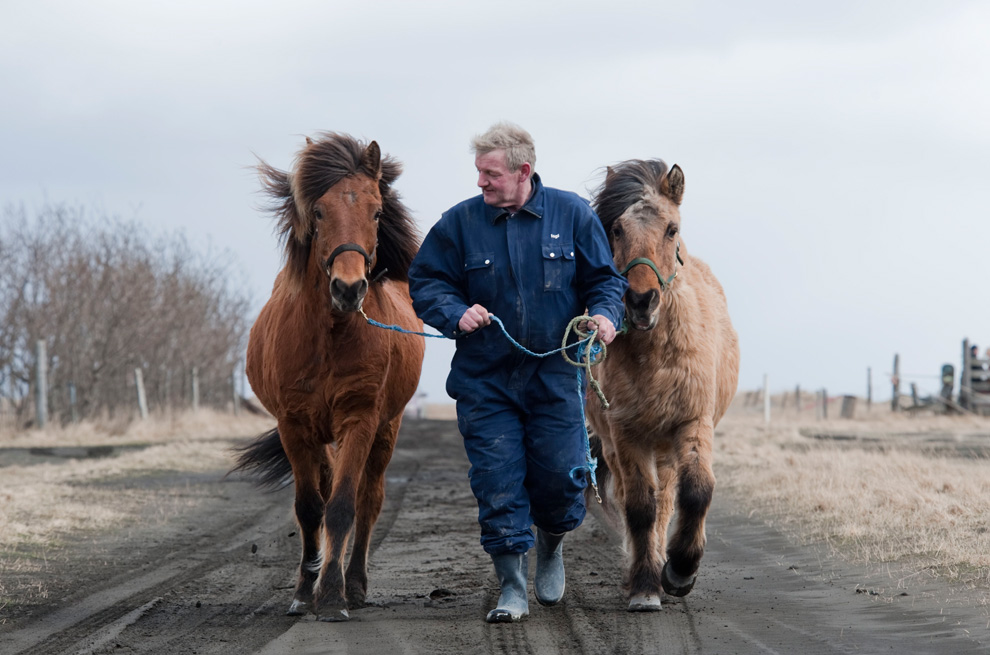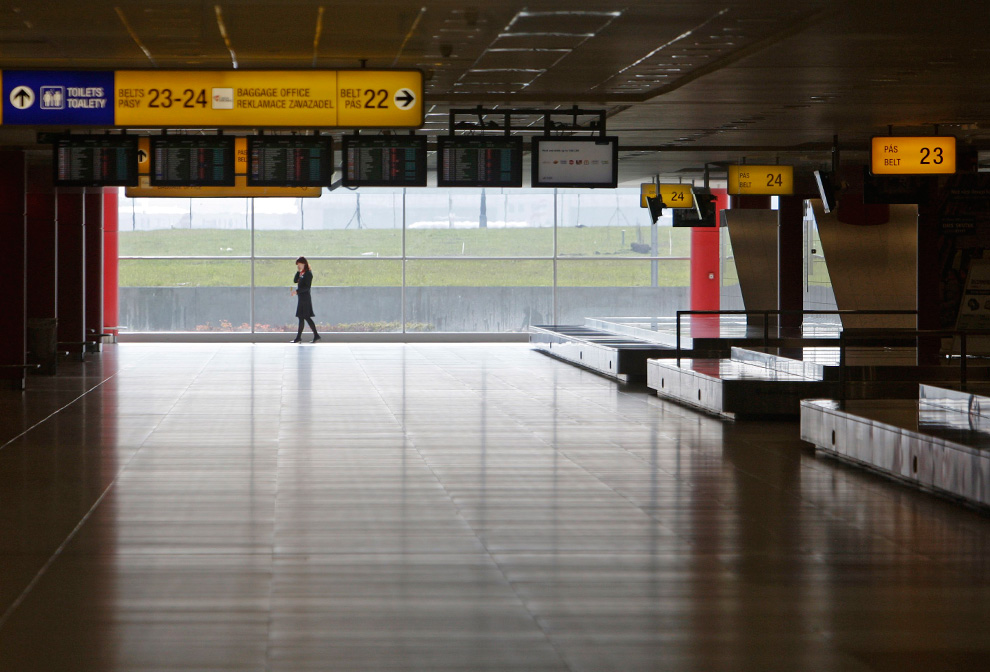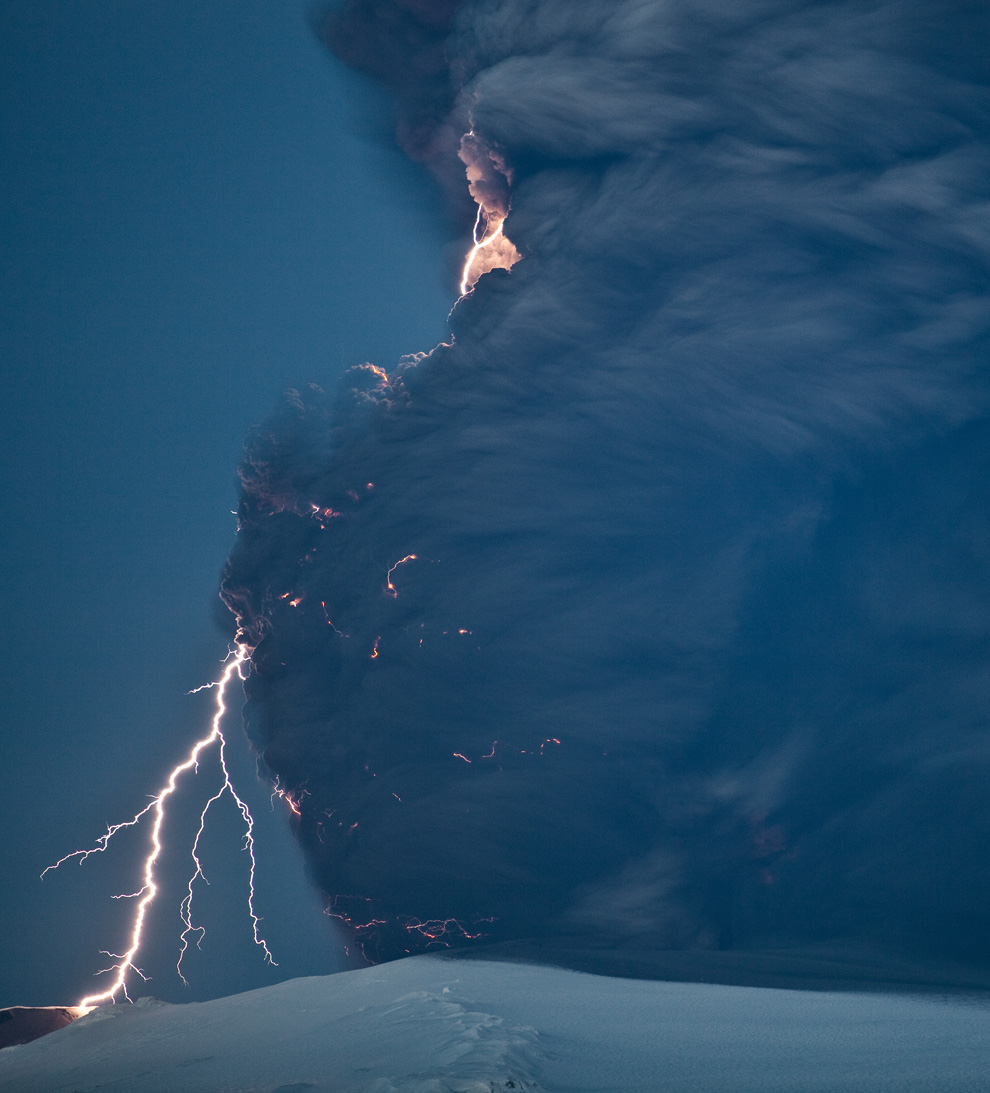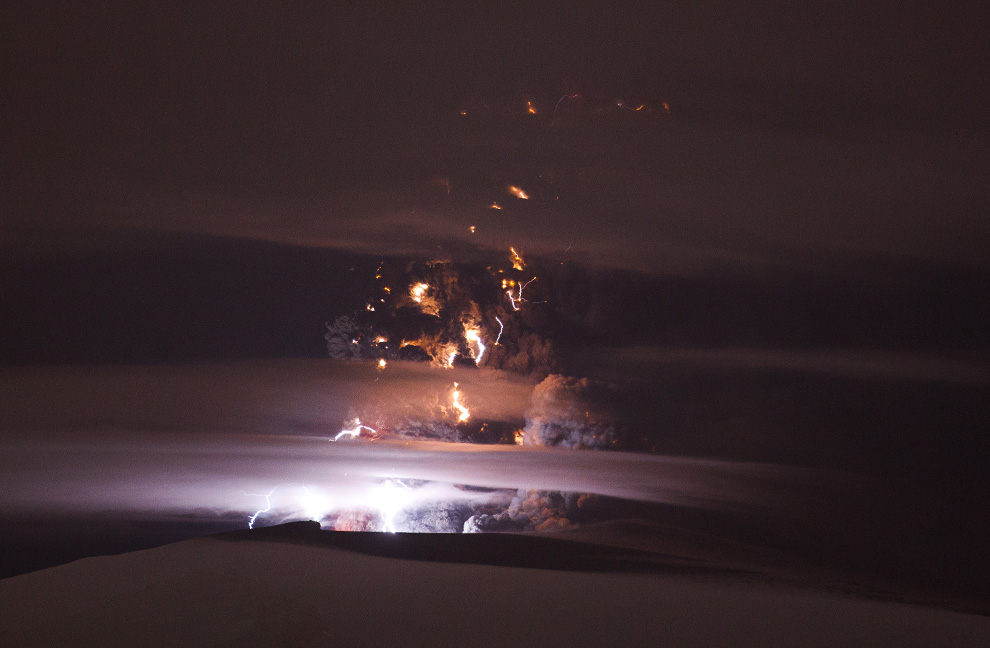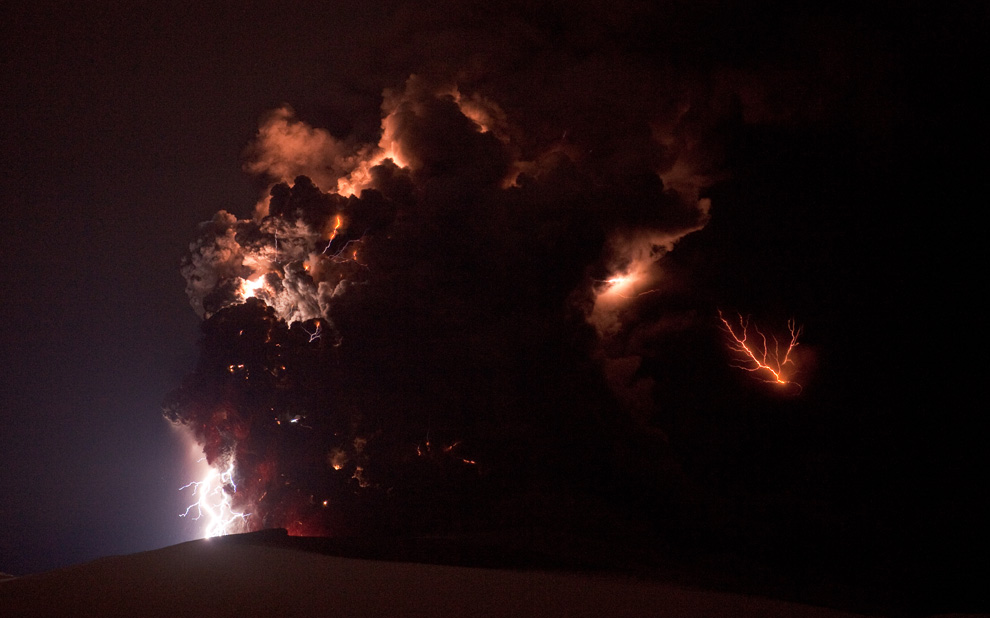My son got bullet for serving Kasab glass of water
Fifty-year-old Jamuna Waghela, who escaped death by a whisker on the fateful night of 26/11, recalls with horror how her young son was shot dead after serving a glass of water to gun-wielding Ajmal Kasab and wants the Pakistani terrorist hanged without delay.
"Why has Kasab been kept alive? He should not be shown any mercy and hanged without delay," says an angry Jamuna as she waits for justice to be done to her family five days from now when the anti-terror court is to pronounce its verdict in the 26/11 Mumbai terror attack case.
"What has he (Kasab) gained from killing my son? Why they (terrorists) do all this? He killed my son for giving a glass of water?" asks a livid Jamuna fighting back tears.
According to police, Jamuna's son Thakur Wagela (32), a sweeper at government-run GT Hospital in south Mumbai, was shot dead by Kasab at his hut located in a lane near Cama Hospital.
On November 26, 2008, Kasab and his accomplice Abu Ismail, along with eight others, came from Pakistan by sea and struck terror at various places including Taj Mahal Hotel, Nariman House, Oberoi hotel and CST terminus, killing 166 people and injuring many more.
Kasab fatally injured Thakur before walking into Cama Hospital where he exchanged fire with security personnel. Later, outside the hospital he shot dead the then ATS chief Hemant Karkare, DIG Ashok Kamte and encounter specialist Vijay Salaskar.
"At 10 pm, I was standing outside my house while my son and grandson were having dinner. Two persons (Kasab and Ismail) came dashing down the lane outside and one of them, later identified as Ajmal Kasab, stopped near my house when I asked him what he wanted," recounted Jamuna.
"His associate immediately opened fire at me but luckily the bullets did not hit me. I hid behind a hut as Kasab walked up to my son and asked for water," said Jamuna, whose husband Budhai (60) too is a sweeper at GT hospital.
"I could see my son offer Kasab a glass of water with trembling hands. The terrorist gulped it down and coolly shot at my son who slumped to the ground as I watched helplessly in horror," she said clutching Thakur's photo.
She, however, thanks God for the little mercy shown to her. "Kasab did not see my grandson or he would have got killed too."
"The whole night I was not informed about my son's death and told he was undergoing treatment. The next day, when I went to the hospital, I found him dead," recalls Jamuna.
"My son's innocent face still haunts me. I get up every night thinking somebody has broken into my house. I feel scared to even sit outside my house late in the evening," she says.
Thakur has left behind his wife and three children. Though his wife has been given a sweeper's job at GT Hospital and a flat in Sion in central Mumbai by the state government their welfare is a source of constant worry, Jamuna added.



